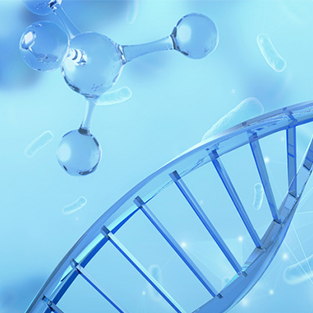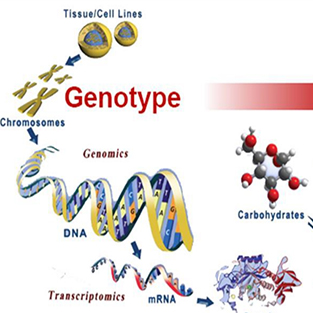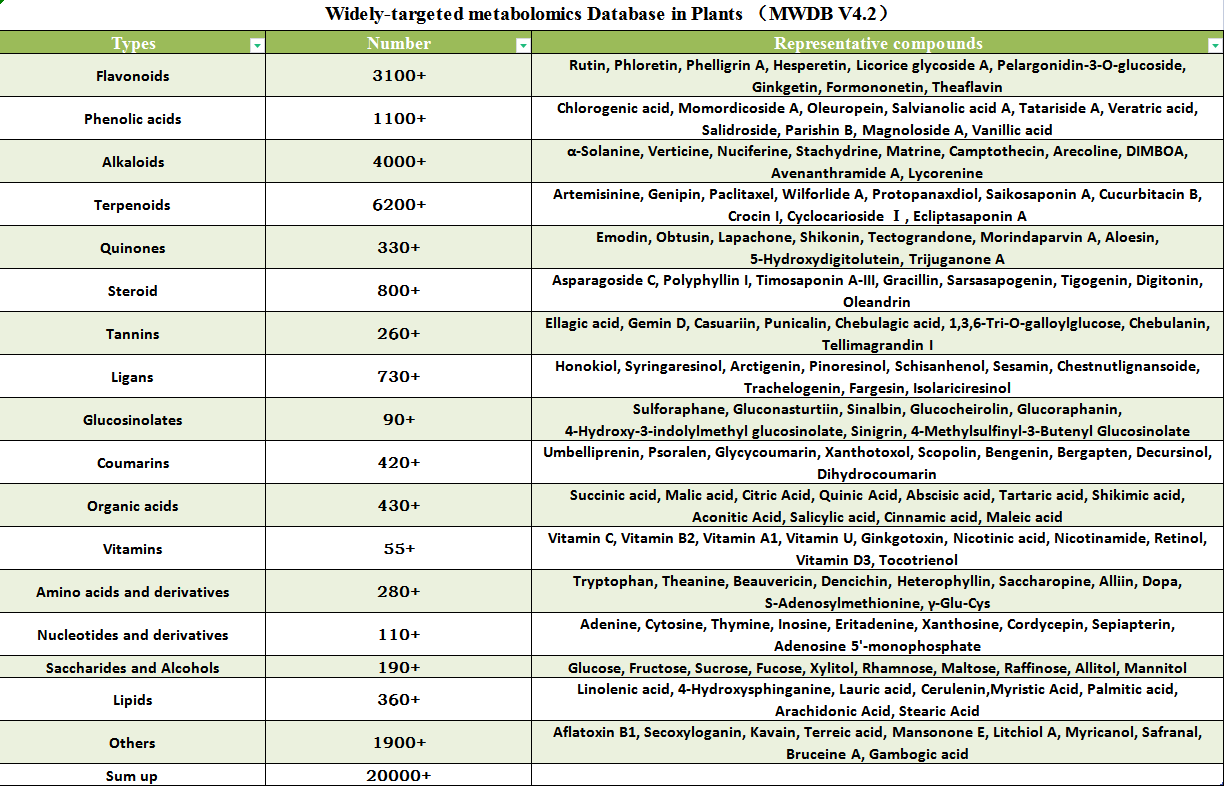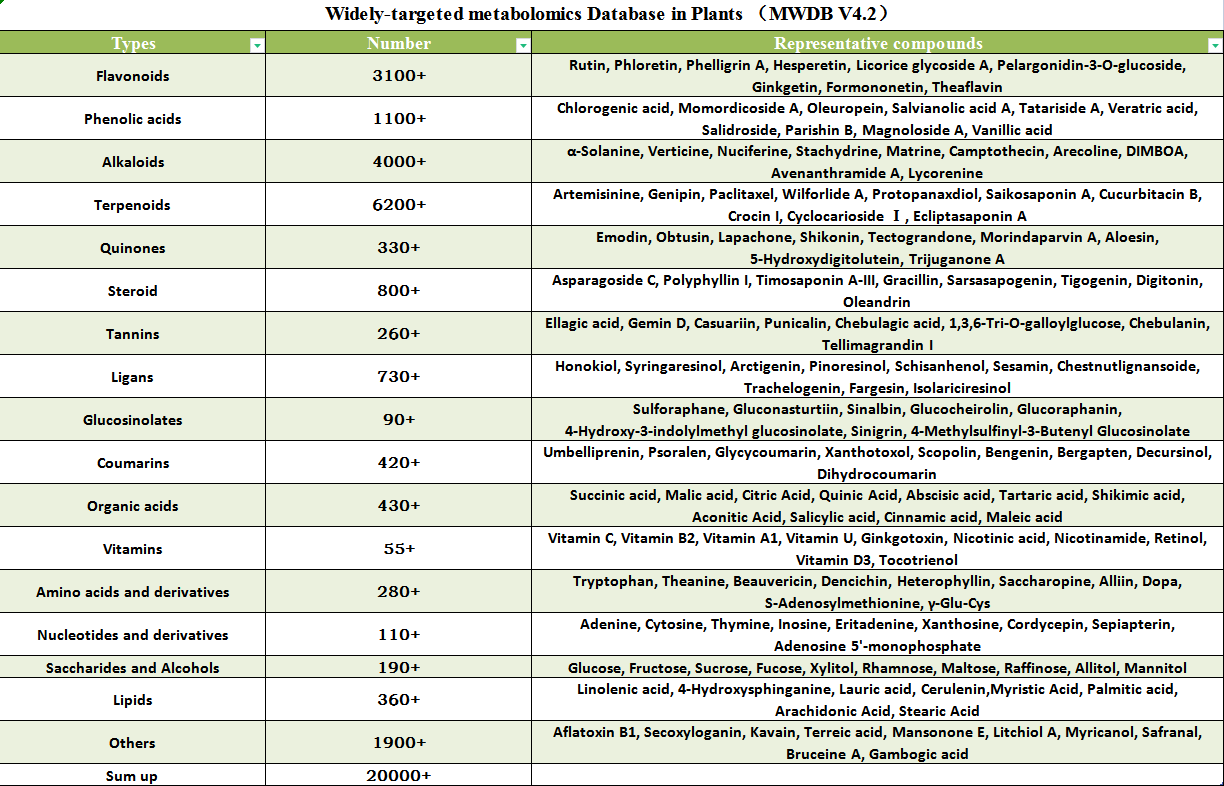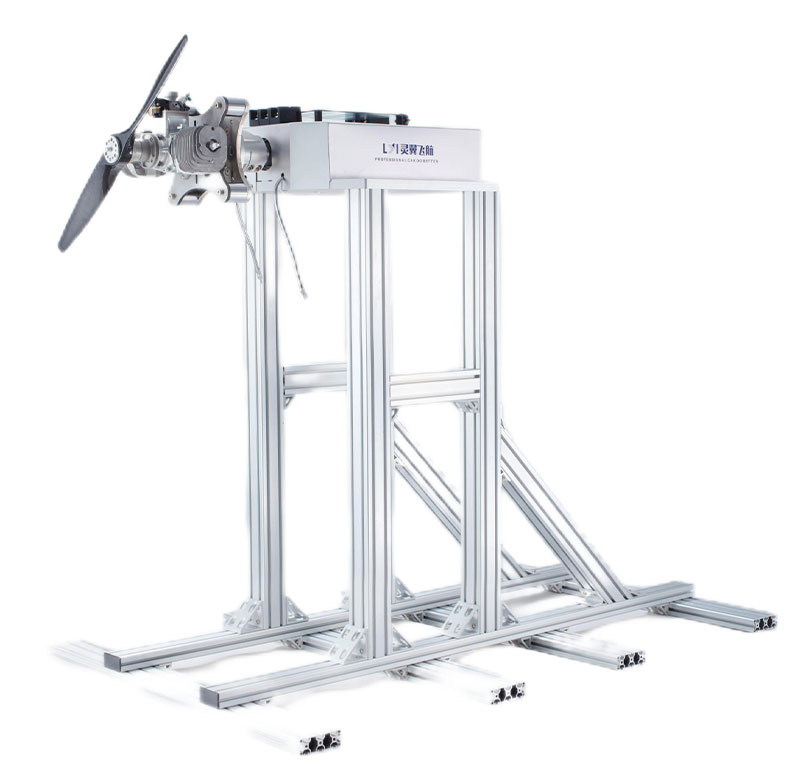Transcriptome+Metabolome


The transcriptome is an important method to obtain gene expression in a biological system, and the metabolomics and multi-omics is the basis and direct readout of the system’s phenotype. The metabolites are the final result of gene transcription under internal and external regulation and are the material basis of the observed phenotype. In the era of systems biology research, biological processes and gene regulatory networks are complex and dynamic. It is often insufficient to use a single dataset to study systems biology. Correlating transcriptomic and metabolomic data integration that has a large number of differentially expressed genes with differential metabolites detected by transcriptomics and metabolomics can pinpoint key genes, metabolites, and metabolic pathways that are closely associated with internal changes in the system, and thereby explain biological problems in a more holistic approach.
Technology Introduction of RNA-seq and metabolomics Services
Correlating transcriptomic data that has a large number of differentially expressed genes with differential metabolites detected by metabolomics can pinpoint key genes, metabolites, and metabolic pathways that are closely associated with internal changes in the system, and thereby explain biological problems in a more holistic approach.
Case Study: The Cardamine Enshiensis Genome Reveals Whole Genome Duplication And Insight Into Selenium Hyperaccumulation And Tolerance (Huang Et Al., Cell Discovery 2021)
To better understand the mechanisms of Se tolerance in Cardamine enshiensis, the authors constructed the 443Mb genome for C. enshiensis and performed RNA-seq and Widely-Targeted Metabolomics on seedlings treated with water (control) or 400uM sodium selenite.
Mechanisms of Se tolerance and hyperaccumulation in C. enshiensis
In total, 29,671 differentially expressed genes were identified and a total of 558 metabolites were identified in the leaf tissue of C. enshiensis, of which 127 were differential metabolites. The authors found 10 flavone-related metabolites were altered between the two groups, indicating that flavones play a pivotal role in Se tolerance. KEGG analyses showed the significantly enriched pathways were associated with the biosynthesis of secondary metabolites and flavone/flavonoid/flavonol compounds. A Pearson’s correlation coefficient threshold of r > 0.8 was used to identify the metabolites that were significantly correlated with each gene and the results revealed that 175 transcripts were highly correlated (R2 > 0.96) with tricetin O-malonylhexoside and amentoflavone.
For more information about microbiome metabolomics and metabolome project, please feel free to contact us!
Other supplier products
|
|
Resequencing+Metabolome |
The types and quantities of metabolites vary greatly in different species and tissues. The mGWAS (metabolome Genome-Wide Association Study) approac... |
|
|
Metware Targeted Metabolomics Services |
Targeted metabolomics is an approach to detect specific compound(s) using QQQ Mass Spec and quantify using chemical standards. This process achieve... |
|
|
Untargeted Metabolomics |
The LC-MS untargeted metabolomics is used for unbiased detection of metabolites in samples by liquid chromatography-mass spectrometry and to obtain... |
|
|
Widely-targeted Metabolomics Database in Rice |
MWDB Major Upgrade: 20,000 plant metabolites
MWDB (Metware Database) can now detect 20000 types of plant metabolites
Since 2014, Metware Bio... |
|
|
Widely-targeted Metabolomics Database in Rice |
MWDB Major Upgrade: 20,000 plant metabolites
MWDB (Metware Database) can now detect 20000 types of plant metabolites
Since 2014, Metware Bio... |
供应产品
Same products









